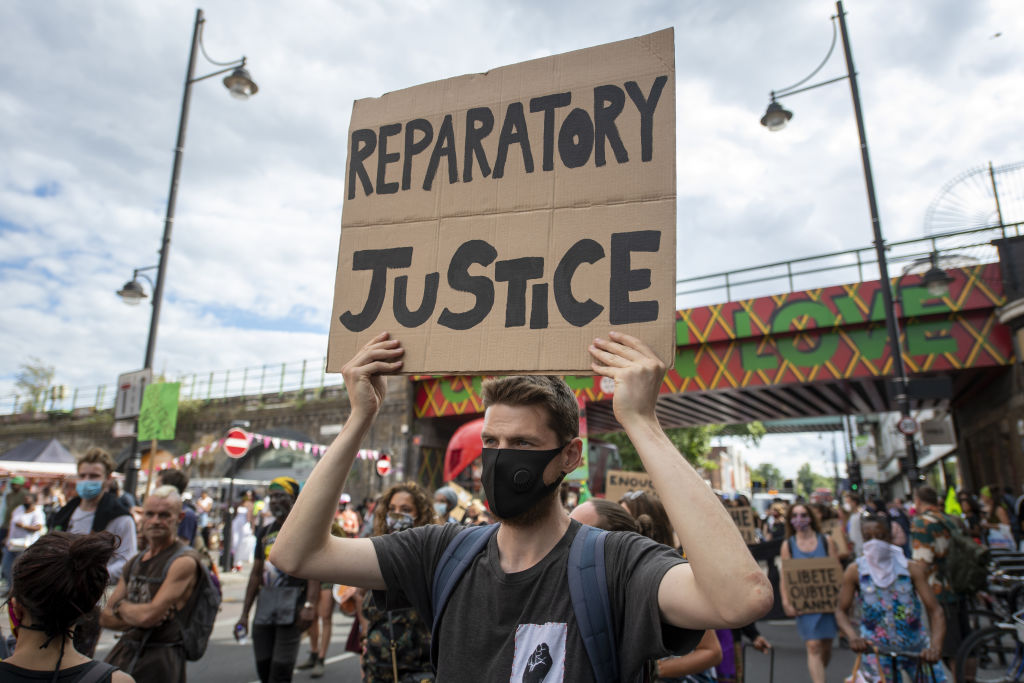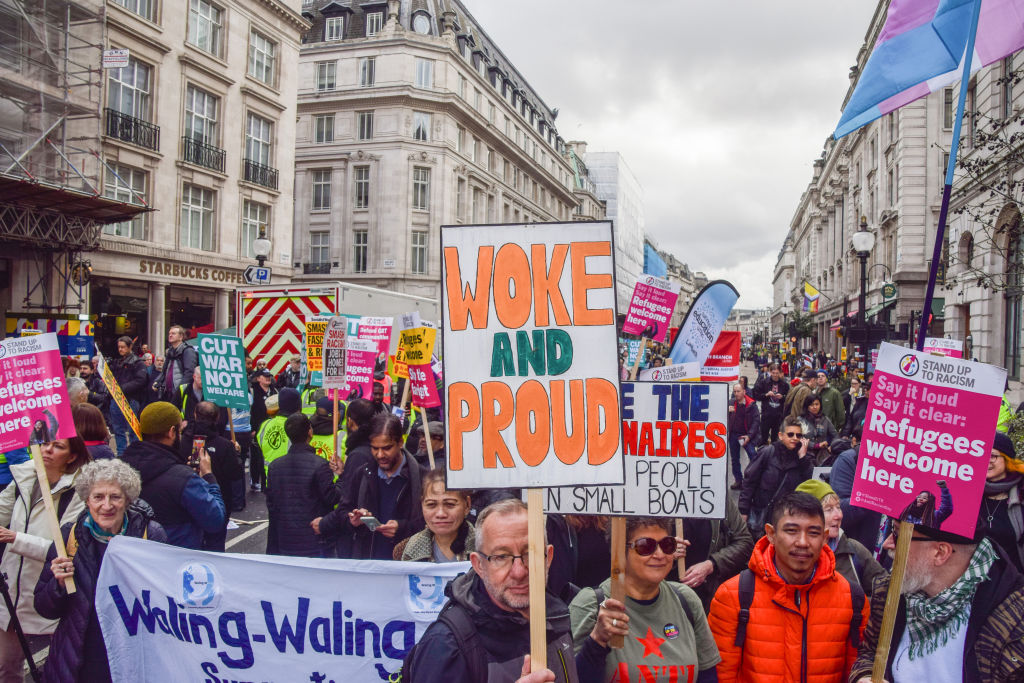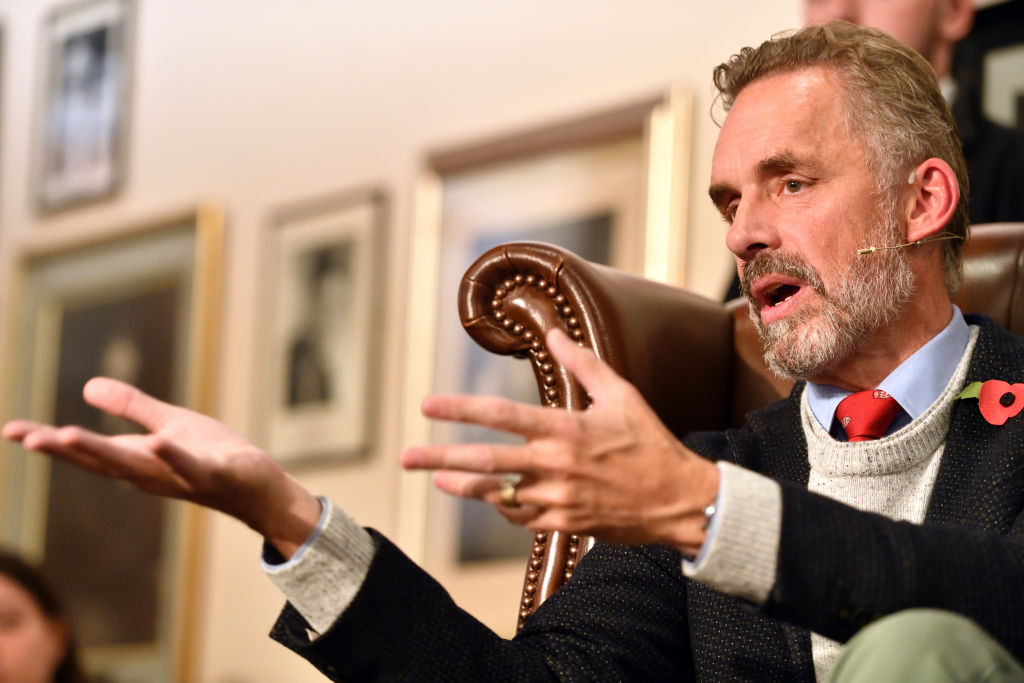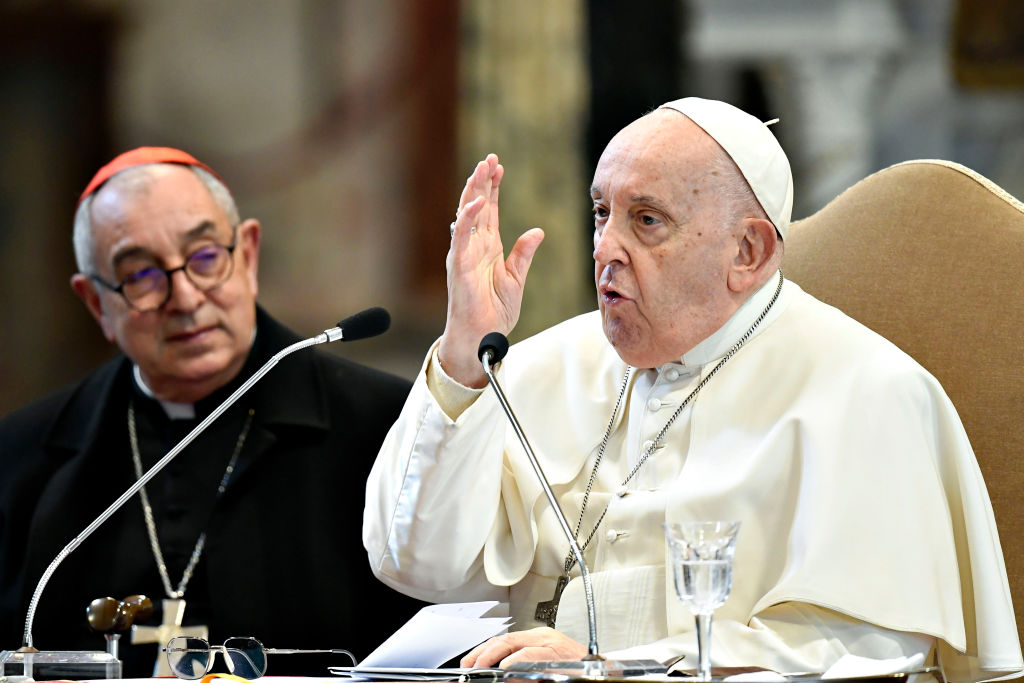Don't bend the knee to wokeism.
Separation Anxiety

The divide between church and state doesn’t separate religion from public education.
When a charter board in Oklahoma recently approved an explicitly Roman Catholic charter school, it received opposition from some conservatives and libertarians, in addition to the usual hyperventilation from progressives about the separation of church and state.
Critics on the Right fundamentally misunderstand the nature of church-state relations and the American historical experience more broadly.
David French recently used his Sunday New York Times column to argue that the charter violates the Establishment Clause and is harmful to both church and state. He contended that schools must be neutral and state funding of any institution that had a particular metaphysical commitment violates the Establishment Clause. But French wrongly associated any institution funded by the state with the state itself. Schools, for example, can’t raise armies or police forces; they can’t raise taxes; they can’t even be self-governing. The state does those things. Confusing church and state, and state and school, is an interesting mistake for someone intent on maintaining that they’re different and necessarily separate.
Charter schools have always been independently managed, and taxpayers in each county or district pay for them, ostensibly because those taxpayers accede to, or at least tolerate, the educational commitments of whatever group administers and oversees the charter school. This is determined through the democratic process and institutionally mitigated through school boards chosen by local electorates. The Times noted that the Oklahoma Roman Catholic charter school would be the country’s first religious charter paid for by taxpayers, but even that superlative doesn’t seem particularly problematic. Government money in New York City, for example, has partially funded Hasidic schools for several decades, and the schools made up the balance through tuition.
While Americans have always believed that church and state should be separate, they didn’t think that meant separating religion from public education.
Proponents of religious charters have argued successfully before the U.S. Supreme Court that excluding religious groups from receiving charter funding was unconstitutional. Chief Justice John Roberts and the majority ruled that although states did not have to support religious education, if a state chose to fund private schools, it could not discriminate against religious institutions. The Roberts Court was not innovating or overthrowing the Establishment Clause of the Constitution. Federal, state, and local funding has been used for years to assist other religiously-founded and religiously-influenced institutions like hospitals and universities.
In fact, for the first 80 years of public schooling in the United States, primary and secondary schools functioned as de facto Protestant schools. The Bible was a required part of most public-school curricula in the United States, and overwhelmingly Protestant school teachers taught their students an undeniably Protestant reading of not only religion but civics as well. Most elites and important intellectuals in the nineteenth century openly admitted this. Charles Hodge, head of the prestigious Princeton Seminary, argued that “the obligation to secure for the young this combined secular and religious training, is common to parents, to the State, and to the Church.” Education did not “rest on one of these parties to the exclusion of the others, but, as the care of the poor, it rests equally on all, and the efforts and resources of all are requisite for the accomplishment of the object.”
The union between religion and public education was not particularly controversial until the Civil War era. In fact, it was en masse Roman Catholic immigration and the Roman Catholic desire to have a less sectarian teaching of religion in public schools that led to the initial secularization of education. The Blaine Amendment aimed to prohibit the use of government funding for parochial schools. Although the amendment ostensibly attempted to remove funding for all religious schools, it was undeniably driven by nativist fears of growing Roman Catholic influence in public schools. Some Protestants and secularists were more willing to remove religion from education altogether rather than let Roman Catholics participate in the educational life of various communities with Roman Catholic majorities.
Roman Catholics, Protestants, and other religious groups undeniably have a right to use government funding procured through the democratic process to fund schools articulating their metaphysical commitments. For nearly 70 years, Protestants and Roman Catholics have had to fund public education that articulates positions fundamentally at odds with historic expressions of the Christian faith. State secularism and ideologies have been forced on Catholic and Evangelical taxpayers routinely through various bureaucracies and agencies, few of which are meaningfully governed by the people.
Granting permission for religious charters allows religious people to participate fully in the civil and educational life of their communities without penalizing them for their faith commitments.
The American Mind presents a range of perspectives. Views are writers’ own and do not necessarily represent those of The Claremont Institute.
The American Mind is a publication of the Claremont Institute, a non-profit 501(c)(3) organization, dedicated to restoring the principles of the American Founding to their rightful, preeminent authority in our national life. Interested in supporting our work? Gifts to the Claremont Institute are tax-deductible.
This ideology is incompatible with the flourishing of the West.
Eighty years of diversity and equity have destroyed a nation.
The apostle of precision hems and jaws about his religious belief.
Pope Francis’s dalliance with a tyrannical ideology needs to be confronted.
Higher education has always been a religious quest.






